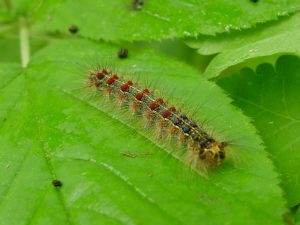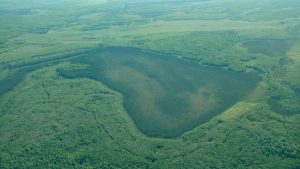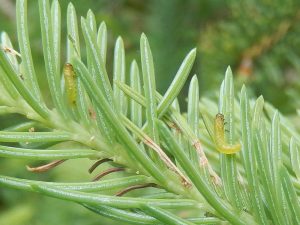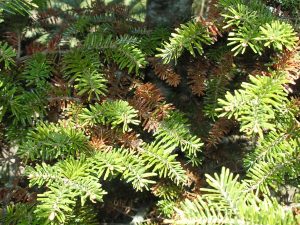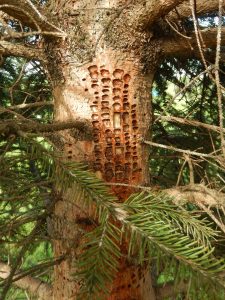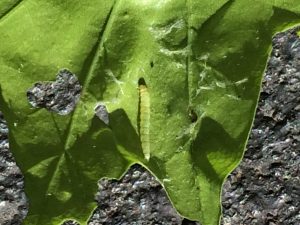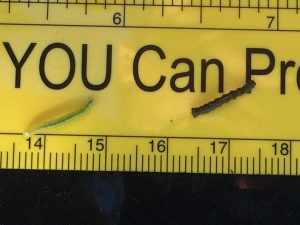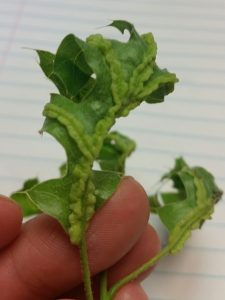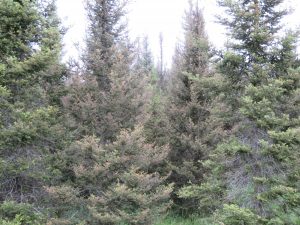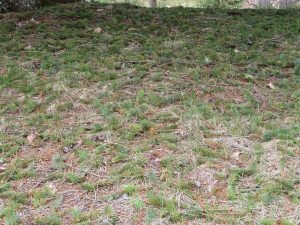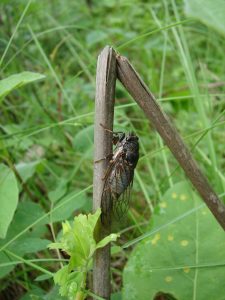
An annual or “Dog Day” cicada.
A recent article from Science Alert reported that some of the 17-year periodical cicadas associated with Brood X, have begun emerging – 4 years early! Brood X doesn’t typically emerge in Wisconsin, although it does emerge in some areas of Michigan and Illinois. The brood that emerges in a few areas of Wisconsin is Brood XIII which isn’t due to emerge again until 2024. We also have annual or “Dog Day” cicadas that emerge every summer in Wisconsin.
Cicadas are harmless, they do not bite or sting or attack people, they are not poisonous and don’t transmit disease, but they are big and the periodical cicadas emerge in huge numbers which can be quite upsetting to some people.
The problem for trees comes when the females lay their eggs. They use a stout ovipositor to puncture the twigs of small trees and shrubs, laying an egg in the slit created by the ovipositor. This damage to the tree can cause twigs to die and break off. Some young trees can be badly damaged and may lose most of their twigs and branches, they may die or be severely stunted.
An additional aggravation for many people is the very loud buzzing noise made by the males; some people refer to these insects as heat-bugs because their loud buzzing is often heard during the hottest days of the summer.
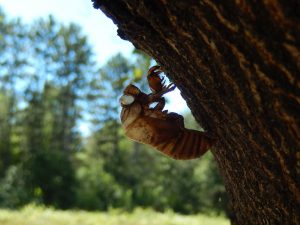
Cicadas emerge from the ground, climb an object, emerge from their exoskeleton, and leave the empty exoskeleton behind after they expand their wings and fly off.
For more info on periodical cicadas check out the Cicada Mania webpage.
Written by: Linda Williams, forest health specialist, Woodruff, (Linda.Williams@wisconsin.gov), 715-356-5211 x232.
